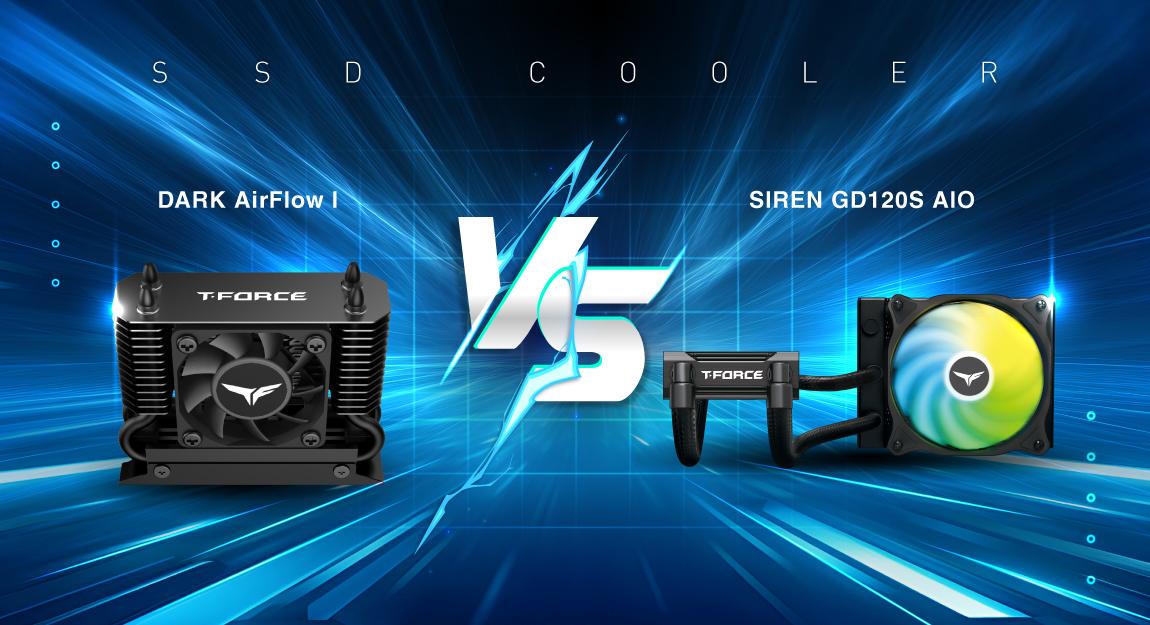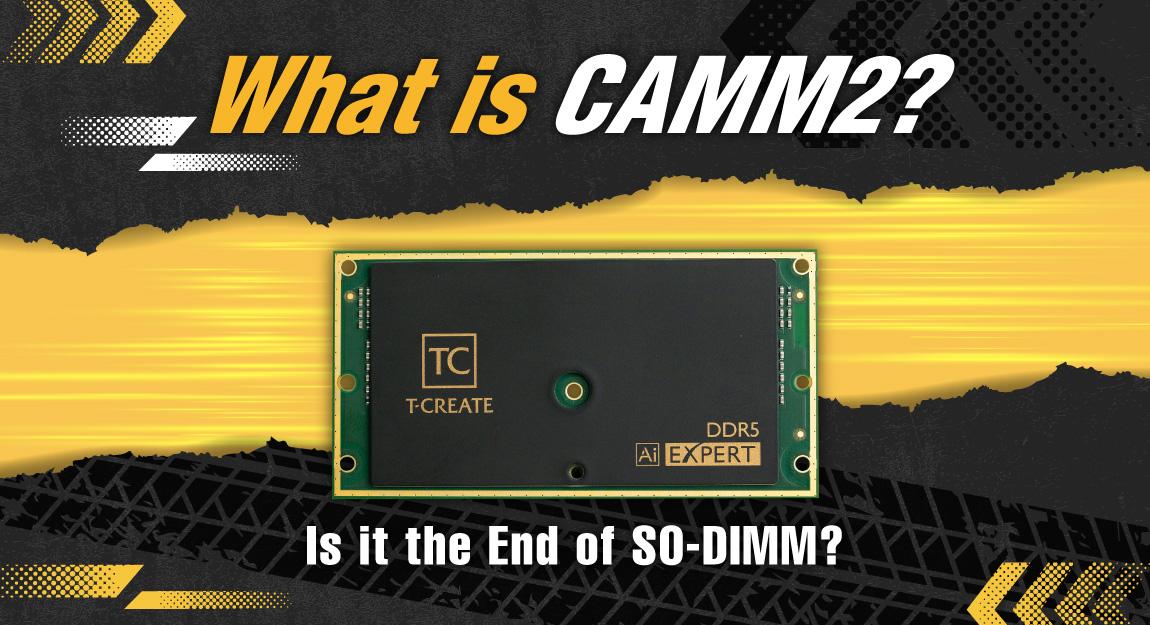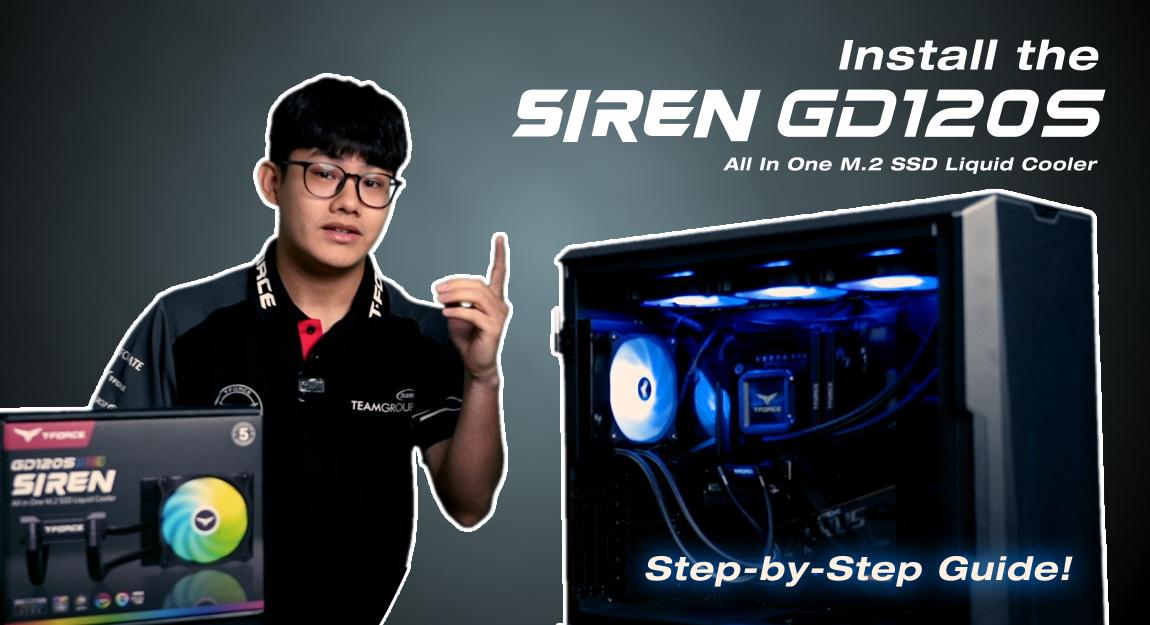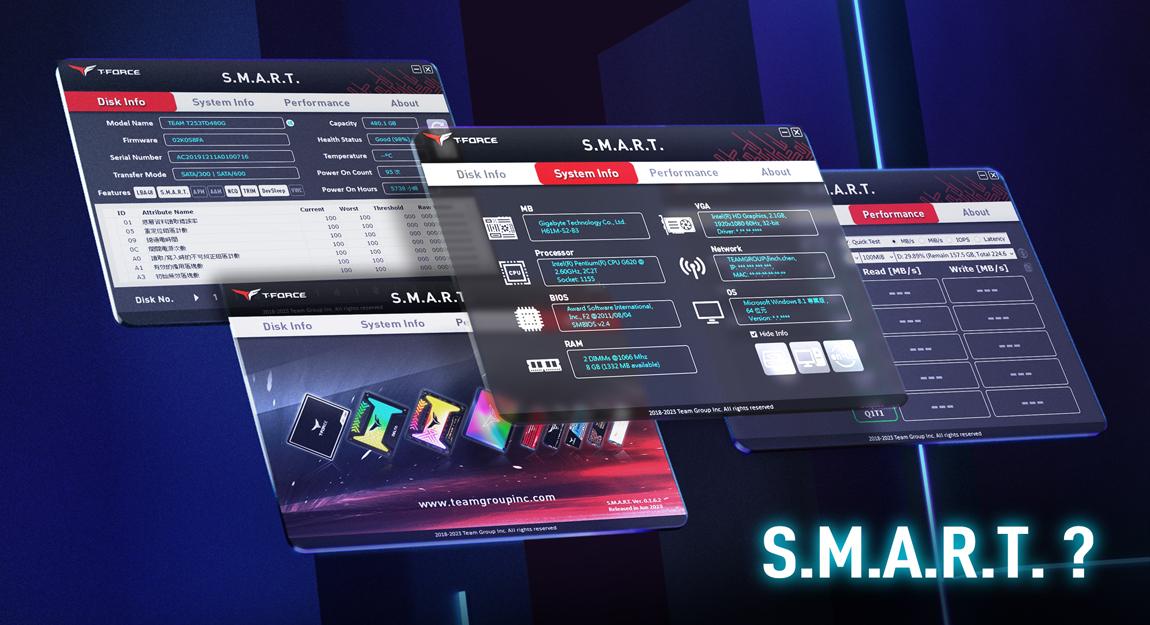PC Cooling : How to Choose the Best Fan?
Are you interested in PC building? Whether you're an experienced builder or a complete novice, there's one component you're sure to encounter when putting together a computer: Fans. A row of RGB fans or RGB fans in all directions are very attractive. RGB PC fans are a great way to decorate your chassis and provide cooling. However, with hundreds of choices available in the market, you're sure to be overwhelmed. In this guide, we'll unravel the world of PC fans. We'll explore their fundamental structure, installation considerations, and the key factors to keep in mind when selecting the ideal fan for your needs.
First, let's take a look at the basic structure of a fan. There are two sides to a fan, one is the side with the blades and the other is the side with the frame. Let’s establish some basics. The side with blades is the intake side while the side with the frame is the exhaust side.
-
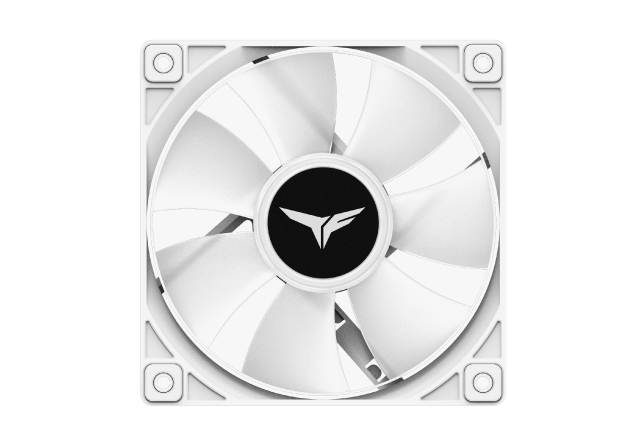
Wind In -
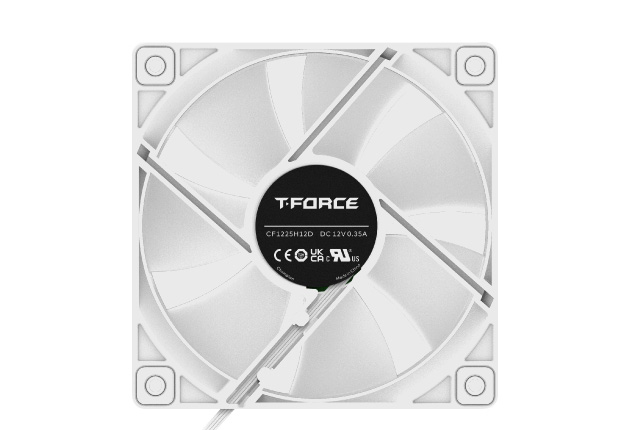
Wind Out
With this principle in mind, let's take a look at the location in the chassis where fans are installed. The difference in chassis size affects the maximum number of fans that can be installed inside. We'll discuss the installation of fans on the front and rear of the chassis. The fan is an air-cooled dissipater that utilizes air convection to draw cold air from outside to inside of the chassis and exhaust hot air from inside the chassis. The direction of fan installation is as shown in the following figure. The side with blades (intake) faces the front and sucks the cold air from outside into the chassis; the fan at the rear has the side with blade facing the inside of the chassis and sucks the hot air and exhaust the heat out of the chassis.
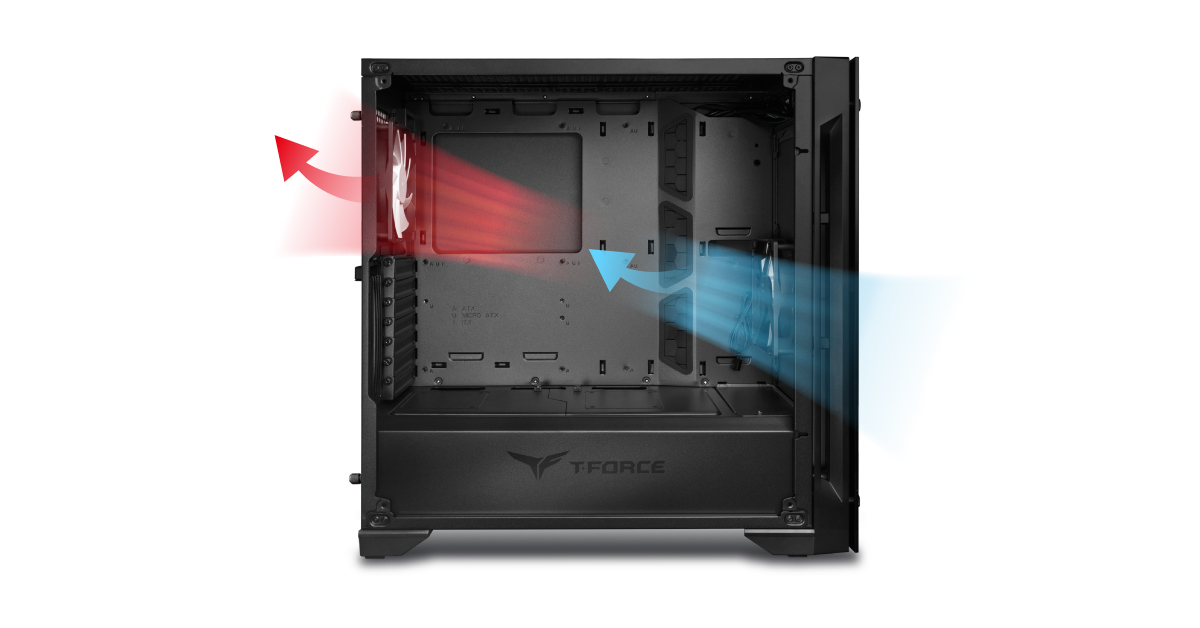
Once you understand the basic structure of a fan, you can then look at the specifications you should pay special attention to when buying a fan, in addition to choosing RGB or non-RGB. The following discussion is divided into two parts:
- Differences in Fan Bearings: Main Impact on the Life Span of the Fan
- Noise level, Rotational Speed, and Air Flow of the Fan: Main Impact on the Heat Dissipation Effect
The Bearing of a Fan:
If you have gotten a quick look at the entire PC fan market, it is not difficult to find that the bearings used by different brand seem to be not quite the same. In the chart below, I have organized the bearings most commonly used in fans on the market for you.
*When reading tables on a mobile phone, it is recommended to rotate the phone horizontally.
| Sleeve Bearing | Long-life Sleeve Bearing |
1 Ball + 1 Sleeve Bearing |
2 Balls + 1 Sleeve Bearing |
VAPO Bearing | Hydraulic Bearing | FDB Bearing | Rifle Bearing | Hypro Bearing | |
|---|---|---|---|---|---|---|---|---|---|
| Life Expectancy | 30,000 HR | 50,000 HR | 60,000 HR | 70,000 HR | 50,000 HR | 50,000 HR | 60,000 HR | 40,000 HR | 40,000 HR |
| Sound Level | Low | Low | High | High | Medium | Low | High | Medium | Medium |
| Cost | Low | Low | High | High | High | Low | High | Medium | Medium |
These bearings are associated with three parameters: life span, sound level and cost. From this chart, you can learn about the types of bearings and the following:
Oh, is it true that the better the bearings of the fan, the higher the quality of the fan?
Let's look at the advantages and disadvantages of each type of bearing:
When reading tables on a mobile phone, it is recommended to rotate the phone horizontally.
| Advantages | disadvantages | |
|---|---|---|
| Sleeve Bearing |
|
|
| Long-life Sleeve Bearing |
|
|
| 1 Ball + 1 Sleeve Bearing |
|
|
| 2 Balls + 1 Sleeve Bearing |
|
|
| VAPO Bearing |
|
|
| Hydraulic Bearing |
|
|
| Fluid Dynamic Bearing (FDB) |
|
|
| Rifle Bearing |
|
|
| Hypro Bearing |
|
|
This was not a complete answer. Products like fans are consumables. Life span can indeed partially define whether a fan is a good choice. However, you should consider your heat dissipation requirement as well as your budget in order to buy a fan suitable for your needs.
Rotational Speed and Air Flow of the Fan:
To talk about the relationship between the rotational speed and airflow, let's discuss by using products for explanations. The specification of T-FORCE RT-X120 ARGB FAN is as follows: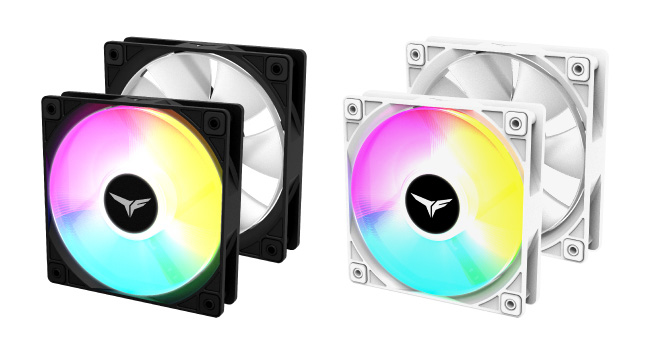
T-FORCE RT-X120 ARGB FAN
|
Long-life Sleeve Bearing |
|
| Noise Level | 36.9 dB(A) |
|
Air Volume |
71.12 CFM |
|
Rotational Speed |
2500 RPM |
The logic of the constant relationship between the air flow and the rotational speed is as follows:
High Rotational Speed for High Air Flow
T-FORCE RT-X120 ARGB FAN speed is set to 2500 RPM with more than 71 CFM. If you had experiences buying fans and slightly compared the specifications of fans from different brands. You may find that the rotational speed of the fans from some brands is less than 2000 RPM with airflow more than 70 CFM. This way you could have large airflow with low noise level. We can discuss this from two aspects.
- Noise level is related to bearings, the damping performance of the frame, and rotational speed. However, rotational speed is not the only variable that affects the noise level.
- Look carefully at the unit of airflow (CFM) and rotational speed (RPM). Both are measured within a minute. These values on the official website of each brand are often labelled with extreme values. Think with the logic of High Rotational Speed for High Air Flow, setting a large rotational speed is meant to get a large air flow output within each unit of time. In other words, a large rotational speed can produce a stable large air flow output in every minute within 10 minutes or 8 minutes. T-FORCE RT-X120 ARGB FAN is set to 2500 RPM to allow the fan to produce a continuous 71 CFM large airflow for a certain period of time. Airflow mainly affects the heat dissipation effect. The higher the airflow, the better the heat dissipation effect will be.
The higher the airflow, the better the heat dissipation effect will be.
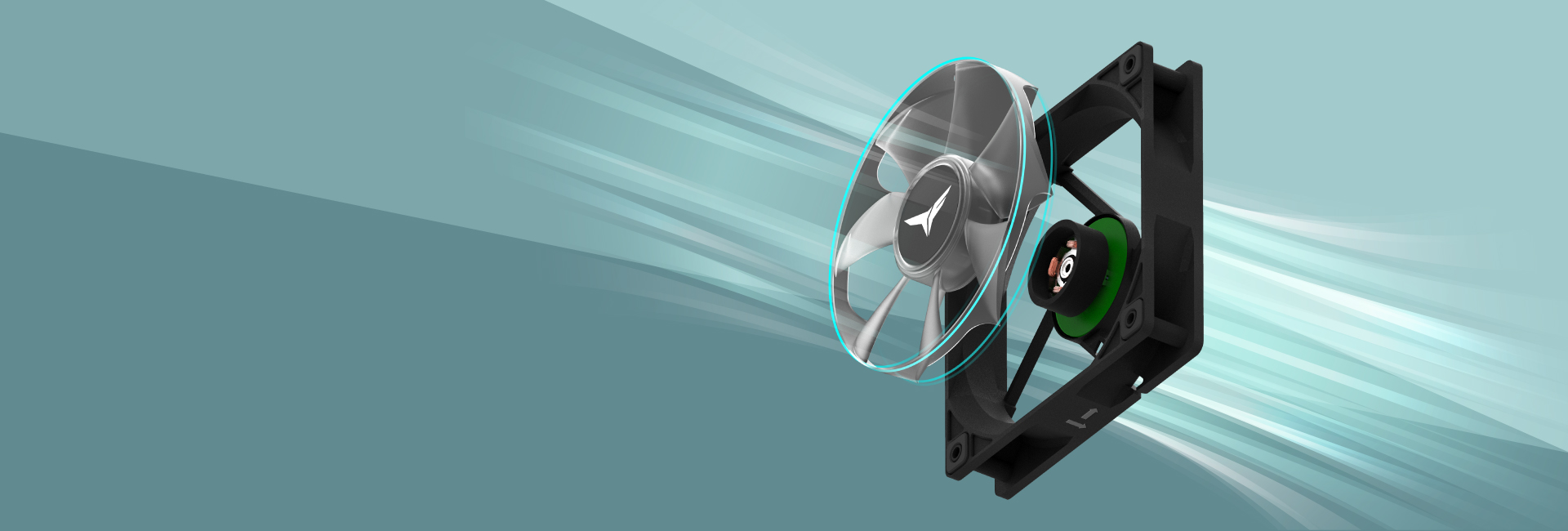
From this article, you can see that ample of knowledge is hidden within a simple fan. Although you need to understand the various specifications, fans are consumables. There are no fans with stable bearings, long life span, low noise level, large airflow, and shining lights. Such perfect fan does not exist. Hence, you should buy a fan based on your needs. In addition, the principles for each type of bearing are also important, which we will introduce and make a summary for you in the future.
We’ll see you next time.
RELATED Blog
1
9
11.Jun.2025
Green Tech: Performance Meets Sustainability
05.Mar.2025
Gaming PC vs. Console: Which is Better?
12.Dec.2024
Understanding CAMM2: Is it the End of SO-DIMM?
30.Oct.2024




